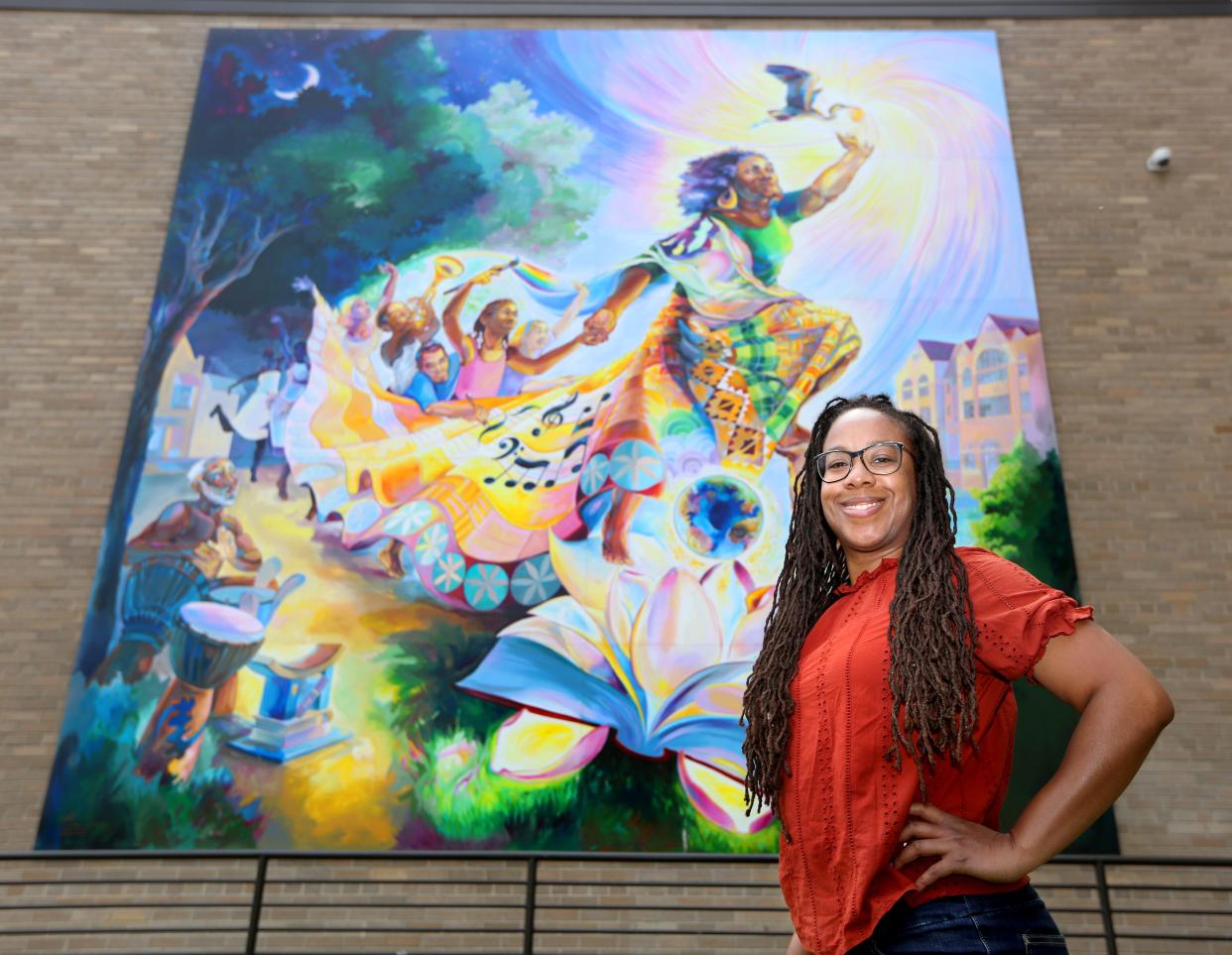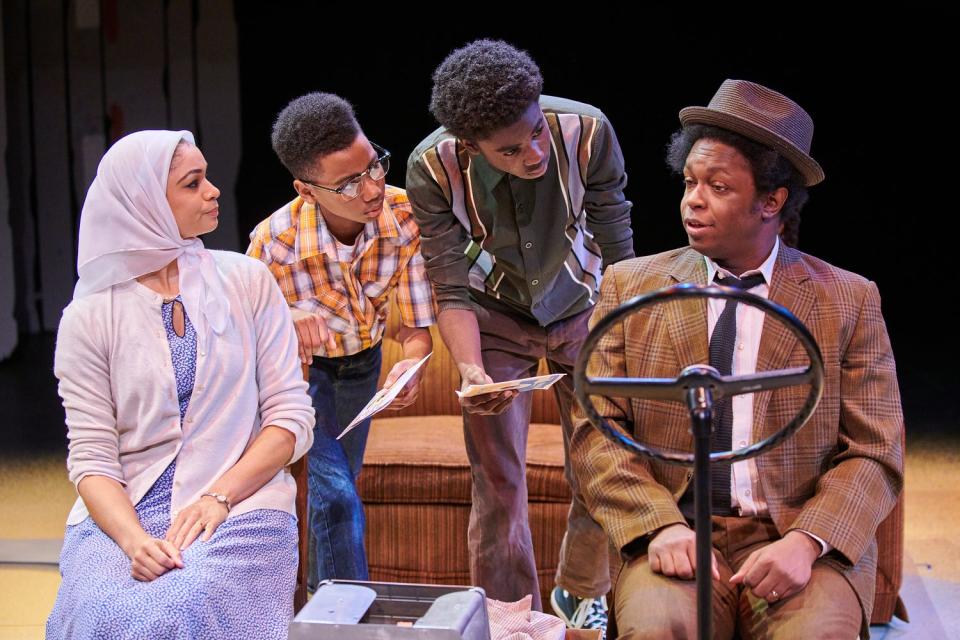Income, work for Milwaukee artists and creatives lags pre-pandemic levels, policy report concludes

Milwaukee County artists and creative workers report that their income and work opportunities are still below pre-pandemic levels, according to a new Wisconsin Policy Forum report.
Nearly 400 people queried in later 2021 for "The Work of Art: A Survey of Milwaukee's Artists and Creatives" also see increased public funding for the arts as the best way city and country government can support them.
Respondents also believe that local businesses can help them by Investing in creative community development, also known as "creative placemaking," which incorporates artists into neighborhood projects.
Wisconsin Policy Forum's new report builds on its 2021 report, which warned that the arts and culture sector in Wisconsin is facing an "existential threat" from the coronavirus pandemic, in part because state aid supporting those activities was already low.
The forum collaborated with Imagine MKE, which commissioned this report, to distribute a survey to artists associated with 40 organizations, including Artists Working in Education, Black Arts MKE, First Stage, Latino Arts Inc. and True Skool.
More: TRUE Skool after school program uses hip-hop to help youth discover their creative side
A total of 393 people completed the survey between July and September 2021. While they spanned the age spectrum, 25% were between 25 and 34 years old, with another 20% from 35 to 44 years old. Nearly three-fourths (73%) were white, with 6% Black and 7% choosing not to identify their race or ethnicity. Eighty percent have a bachelor's or advanced degree. More than half were female (54%).
Of the respondents, 39% were visual artists, 21% musicians, 14% performing artists, with film/video creatives, graphic designers, writers and technical workers making up smaller percentages.
Most respondents reported they earned income from their creative practices, but that it's not typically their primary income; they have other jobs and/or other household members also earn income.
More than two-thirds (69%) said household incomes dropped in 2020 due to the pandemic, including 15% whose household incomes were cut by half or more. About one-third (32%) said they applied for unemployment benefits in 2020 due to the pandemic.
COVID-19 gutted work opportunities for these respondents. While 58% earned income from their creative work at least monthly prior to the pandemic, only 19% could say that at the "height of the pandemic," according to the report. By the time of the survey in June-September 2021, that percentage had climbed back to 43%.
The pandemic also affected mental health. About half (49%) of respondents said "the pandemic reduced their motivation to practice their art, while majorities of respondents said it worsened their anxiety and depression." Interestingly, motivation varied some by discipline. Some 37% of responding visual artists said the pandemic "improved" their motivation to practice and produce art, while only 15% of musicians said the same.
More than one-fourth (28%) of respondents said they are "considering moving to a place
they believe would be more supportive of their creative work," citing limited opportunities here and lack of support from both patrons and local government.

Responding artists believe county and city government can best support artists by increasing public funding for the arts (57%), providing grants and other funding opportunities (44%), and creating a city or county office arts and culture (37%).
In discussing those results, the forum reiterated its previous research that Wisconsin ranks last nationally in per capita public funding for the arts, while neighboring Minnesota is at the top of the list.
Survey respondents believe Milwaukee businesses could be most helpful by investing in creative placemaking (48%), advocating for policies that help the region attract and retain creative talent (44%), and employing creatives as artists-in-residence (42%).
The report notes that the Greater Milwaukee Committee (GMC) created a Creative Placemaking Committee in 2014 that attracted grants to incorporate local artists in projects such as the Beerline Trail and Newaukee’s Milwaukee Night Market. It also cited Imagine MKE's Public Policy and Engagement Work Group, formed to advocate for changes that would support artists. Local leaders could build on these existing efforts to support creatives, the report argues.
The Wisconsin Policy Forum is a nonprofit, nonpartisan, independent policy research organization. "The Work of Art" report was written by senior researcher Joe Peterangelo and researcher Betsy Mueller. The Heil Family Foundation provided financial support for the research.
Contact Jim Higgins at jim.higgins@jrn.com. Follow him on Twitter at @jhiggy.
Our subscribers make this reporting possible. Please consider supporting local journalism by subscribing to the Journal Sentinel at jsonline.com/deal.
DOWNLOAD THE APP: Get the latest news, sports and more
This article originally appeared on Milwaukee Journal Sentinel: Milwaukee artists see income, work lag pre-pandemic levels report says

